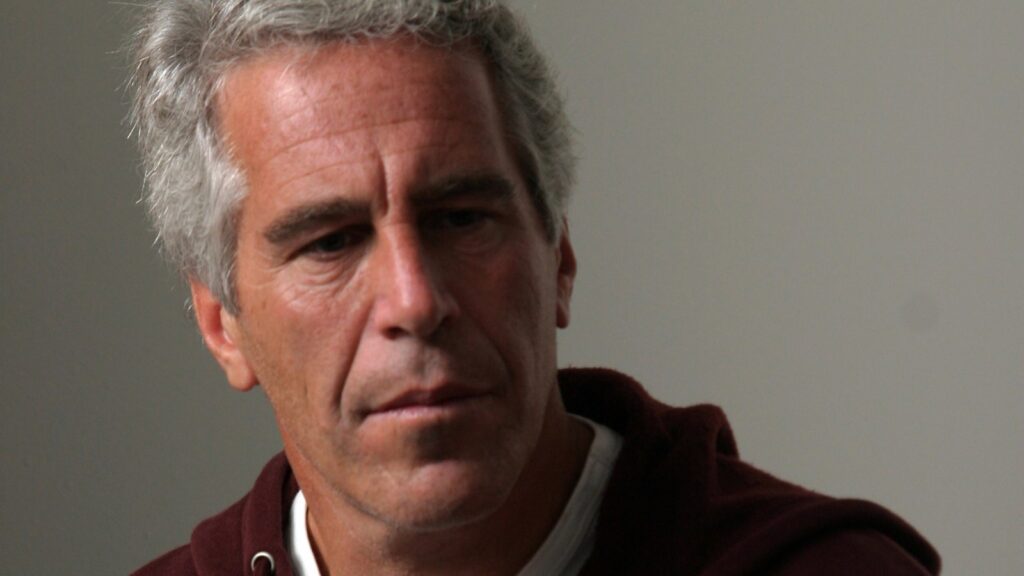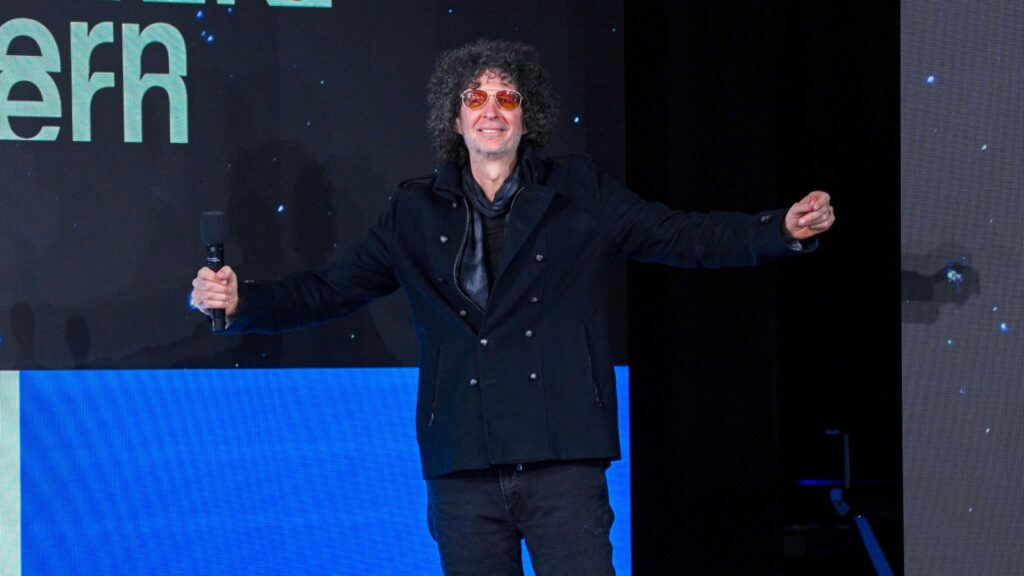‘The Last of Us Part II Remastered’ Is a Middle Finger to The Haters
There’s a special kind of alchemy to making a good sequel, especially when it comes to following up a classic. The best ones often pivot, like James Cameron’s Aliens or Terminator 2: Judgment Day, which make the jump to new genres in ways that deter comparison to the originals. Others, say Frank Herbert’s Dune Messiah, opt to hold a lens to their predecessor asking audiences to rethink the context of a story they already know. Naughty Dog’s The Last of Us Part II Remastered falls firmly in the latter category.
Initially released in 2020 amid dire global circumstances, The Last of Us Part II hit the scene hard with a relentlessly bleak narrative that sought to unnerve players and challenge their perception of not just the characters they love, but their own internal biases. It worked almost too well, and caused an uproar from people on all sides — from the ones who felt betrayed by what they expected the story to be to the ones who simply couldn’t deal with painting their romantic view of the first game as anything but.
The game picks up after the events of the first installment, in the aftermath of Joel and Ellie blood-soaked odyssey leaving the pair in a complicated place. Joel, to save his surrogate daughter, chose to doom humanity by slaughtering the people who aimed to sacrifice Ellie for the greater good. Ellie, growing from maladjusted teen to slightly less maladjusted young woman, is learning to live a real life. They’ve found love, both among each other and within the community of Jackson. But nothing lasts forever, and the story kicks off into its own gruesome quest to recontextualize the decisions made in the first place.
The Last of Us Part I was ultimately a story about love, and finding love within oneself after unspeakable trauma. It ends with a question: Did Joel do the right thing? The final shot of Ellie internalizing Joel’s lies — which was beautifully recreated 1:1 in the HBO series — is a powerful mic drop. And the sequel doesn’t seek to answer that question, but instead show the reality that A) actions have consequences and B) happiness born from blood will never be real. If Part I is staunchly about the power of love, Part II centers on how that love becomes toxic.
Dina (Shannon Woodward) and Ellie’s (Ashley Johnson) relationship is the beating heart of the story.
Sony Interactive Entertainment [Captured on PlayStation 5]
It’s heady stuff, though not overly so. So why did it piss so many people off? Well, aside from portraying Joel as less of a white knight, the game totally sidelines him. Players control Ellie, noticeably smaller and less powerful — although equally adept at murder — as well as the clincher: about two-thirds of the way through what seems like the full story, the perspective shifts entirely to that of the main antagonist, Abby. For first-time players, it’s a real upheaval to think that you’re nearing the story’s climax, only to go back to the beginning in the shoes of someone you’ve been trained to hate. It expands even further from there, becoming exponentially more sprawling than it first appears.
Gaming is a young medium. If it didn’t reach a certain level of cinematic complexity until the 2010s, then it’s only natural for audiences to be confused by remedial narrative devices, right? The reality is a lot of the criticisms were made in bad faith. Abby, a muscular woman who defies gender stereotypes, became a lighting rod for internet vitriol. The standard, “I just don’t want to play as this character” really meant, “I don’t want to play as a woman I find unattractive.” The hatred for Abby in 2020 kicked off a trend of specialized misogyny that has only grown since, where your typical, blue-checked X user is using AI to “fix” female characters deemed intentionally uglified by “woke” developers. It came with a helping of transphobia to boot, as Abby was frequently misidentified as transgender, in a game that actually had a transgender character whose gender identity was often ignored in the discourse. Those mental omissions extend to Ellie herself who, despite being canonically gay since 2014’s Left Behind expansion, further agitated the swamp by (gasp) being in a healthy lesbian relationship in Part II.
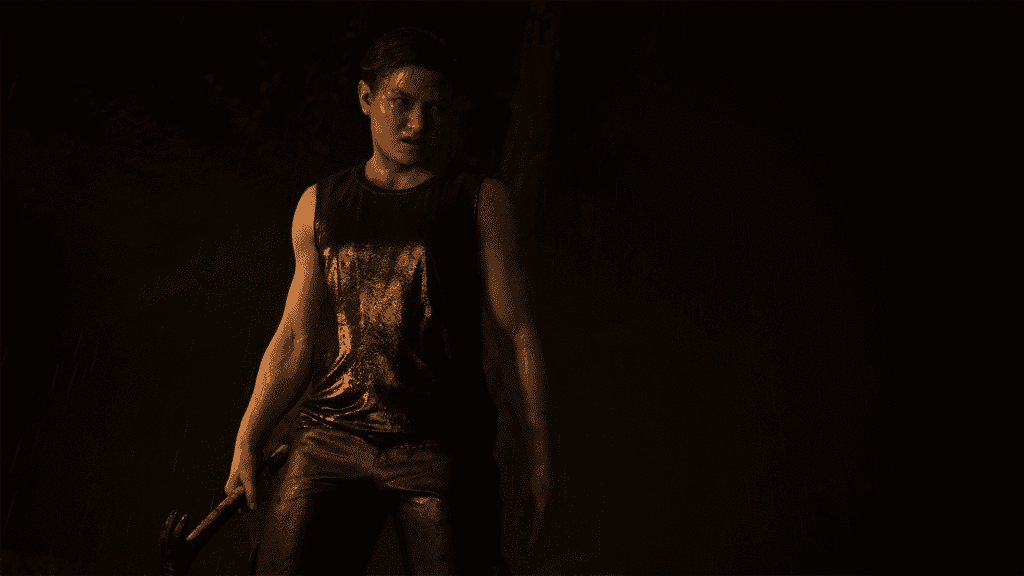
Abby (Laura Bailey) is a sympathetic deuteragonist once you allow yourself to see her POV.
Sony Interactive Entertainment [Captured on PlayStation 5]
And while a lot this may feel like well worn territory, it’s a sad truth that these issues will be front and center again with the game’s re-release. And with the recent casting of Kaitlyn Dever as Abby and Isabela Merced as Ellie’s girlfriend Dina in the HBO adaptation, expect it to extend well into 2025. (God, please, protect these angels from the internet).
The other major criticism of the game post-launch was that it was simply too much. Too violent, too gruesome, too unrelentingly depressing — which is a more valid criticism but is also, honestly, kind of bullshit. What made The Last of Us work so well was the marriage of heinous violence with some of the most tender storytelling in any medium. Yes, Part II ups the ante in spades; characters you grow to love will suffer and die (dogs too), people will make heartbreaking decisions that you simply don’t want them to, and there’s even a mechanic where the enemies you face will beg for mercy or cry out the names of their friends you’ve killed.

Fighting clickers is perpetually terrifying.
Sony Interactive Entertainment [Captured on PlayStation 5]
But all of it is in service of the story, and the nerve-rattling tension and digital squibs are consistently woven between sequences of absolute beauty. There are moments of quiet rapport between Ellie and Dina, smoking a dusty joint as they flirt their burgeoning romance into existence, that makes their world feel lived in heart-wrenching ways. Despite what you’d be led to believe, Joel also gets his due, getting to enact the fatherhood he so desperately fought to achieve in Part I in spite of his actions. Abby, too, develops personal bonds old and new to firmly cement in your head that even people you hate are people too. Everything that worked in the first game works just as well here, and yes, it is a sad game, but it wouldn’t be nearly as sad if it didn’t instill happiness and a fragile thread of redemption along the way.
So yes, The Last of Us Part II (the story) is good, but it shouldn’t be forgotten that The Last of Us Part II (the game) is an absolute fucking banger. Building on everything the first game did well with tight shooting mechanics and first-class stealth gameplay housed in exquisite level design, it’s absolutely one of the best stealth games of all time. Dropped into harrowing scenarios, totally outnumbered, players must carefully and systematically creep their way through decrepit streets and brush to avoid hunters, cultists, rebels and, of course, infected. Battles with the infected are ratcheted up to the extreme, with a blend of skin-crawling horror and bloody action gusto that will leave you feeling equally breathless and greasy. All of this before the additional layer of shame sets in. As previously said, the game goes to great lengths to ensure that you often don’t want to be killing these people — it’s not as gleeful as mowing down mecha-Nazis in Wolfenstein — but the persistently internalized tug-of-war is what sends the already tense gameplay loop into the upper echelon.
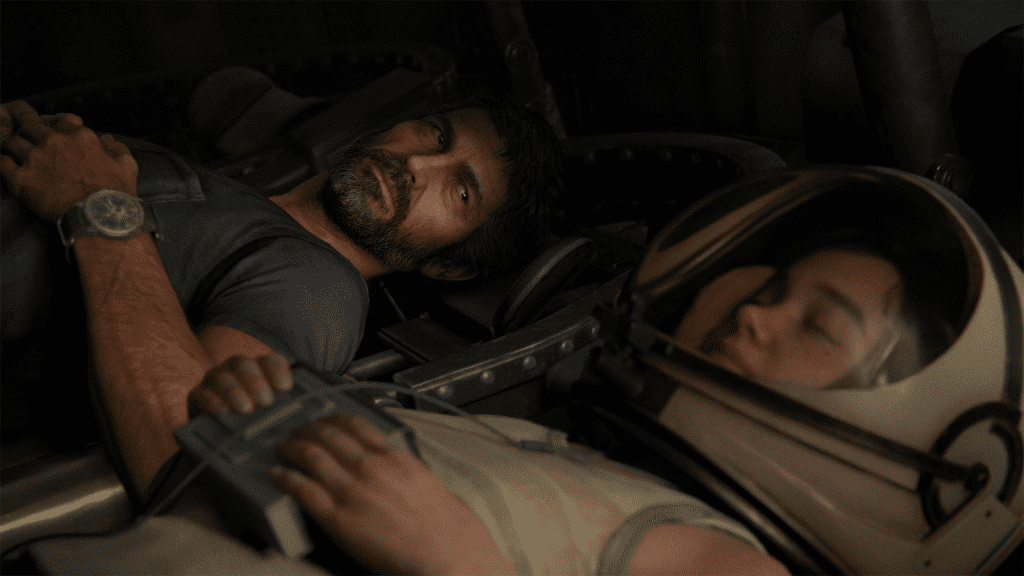
Joel (Troy Baker) struggles with his past decisions.
Sony Interactive Entertainment [Captured on PlayStation 5]
And, of course, if the story is what informs the violence and creates the mental dissonance, then it shouldn’t work on its own divorced of context, right? Wrong. Since 2013, there’s been a mindset among many that The Last of Us is just a playable movie whose experience is elevated entirely by style, while the gameplay remains mid. That, too, is bullshit. It’s something that the developers have almost single-handedly taken to task with one of the Remaster’s new modes, “No Return.” Simply put, it’s a raw gameplay experience removed from the context of the larger story, where players select one of the game’s cast members to play through a series of “roguelike” encounters.
With procedurally generated random enemies assaulting players in waves, it’s an arcadey, endlessly replayable extension of the main game’s combat. If you wanted to play the intense shooting and stealth of the game without any of the moral heft, it’s distilled perfectly in this mode. It isn’t quite as robust as the similar DLC mode, “Valhalla,” for PlayStation cousin God of War: Ragnarök, which itself creates a roguelike murder mode while also adding to the game’s epilogue, but it remains worthy distraction.

“No Return” mode offers plenty of new challenges.
Sony Interactive Entertainment [Captured on PlayStation 5]
There’s an argument to be made that it’s hypocritical to create a mindless combat mode in a game where the point is to make you feel bad for killing, but the fact that is that it exists entirely separate from the main game and in its own lane. The same argument wasn’t made for the first game’s “Factions” mode, which turned The Last of Us into a competitive multiplayer experience (the entire industry sighed when Naughty Dog cancelled their full-scale Factions spin-off game). After a decade of naysayers saying the gameplay doesn’t stand on its own, the developers here feel like they’re making a statement. Given how addictive the mode is, they deserve to have their cake and eat it too.
Other aspects of Remaster include a free play version of the story’s guitar playing mini-game (you can even play as composer Gustavo Santaolalla), developer’s commentary, and alpha-level looks at levels cut from the main game. It’s intriguing to play unfinished portions of a game on an officially licensed release and creates a unique DVD-extras kind of feel that should be normalized for other gaming re-releases.
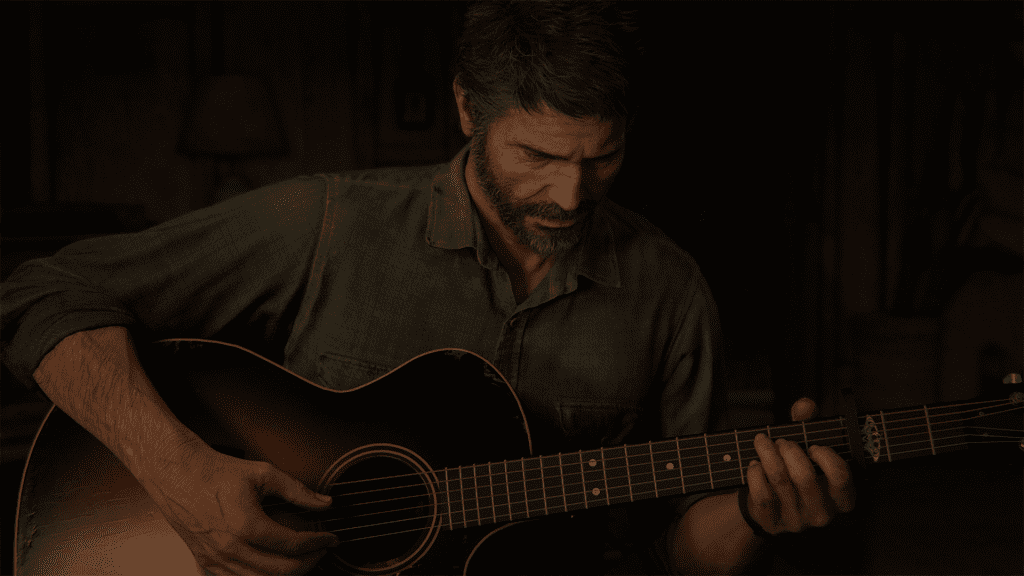
Gustavo Santaolalla’s score adds a string-plucking poignancy to every scene.
Sony Interactive Entertainment [Captured on PlayStation 5]
But there lies an issue with the marketing, one that’s required a direct response from Naughty Dog brass. It may look and run a little better, but there’s no substantial physical update to the game over the existing PS4 version that’s already been upgraded to run on PS5. It’s likely that they stuck with the term “remaster” to align with the naming convention for the previous re-release, 2014’s The Last of Us Remastered, just as that game’s actual remake took on the surname Part I to neatly tie itself to the sequel as a cohesive duology. It’s a niggling critique but one that created undue outrage online for what amounts to a $10 upgrade. But still, the game would’ve been better served as a “Director’s Cut,” which is common nomenclature for modern reissues like Death Stranding and Ghosts of Tsushima.
In the time-dilated eternity since 2020, the perception of The Last of Us Part II has become a cultural ouroboros. Released to controversy, simultaneously becoming a massive commercial hit and strawman for online hate, and now returning for a new age of discourse, ahead of whatever may come when the game’s story comes to life on HBO (likely about a year from now) — it feels like we’re meant to do this forever. But the game doesn’t need defending. The Last of Us Part II is literally the most critically acclaimed game of all time — winning over 300 game of the year awards — and it’s still a triumph. In our review of The Last of Us Part I, we called it “The best version of one of the best games released in the modern era.” Well, this one is too.
The Last of Us Part II Remastered is out now for PlayStation 5.



